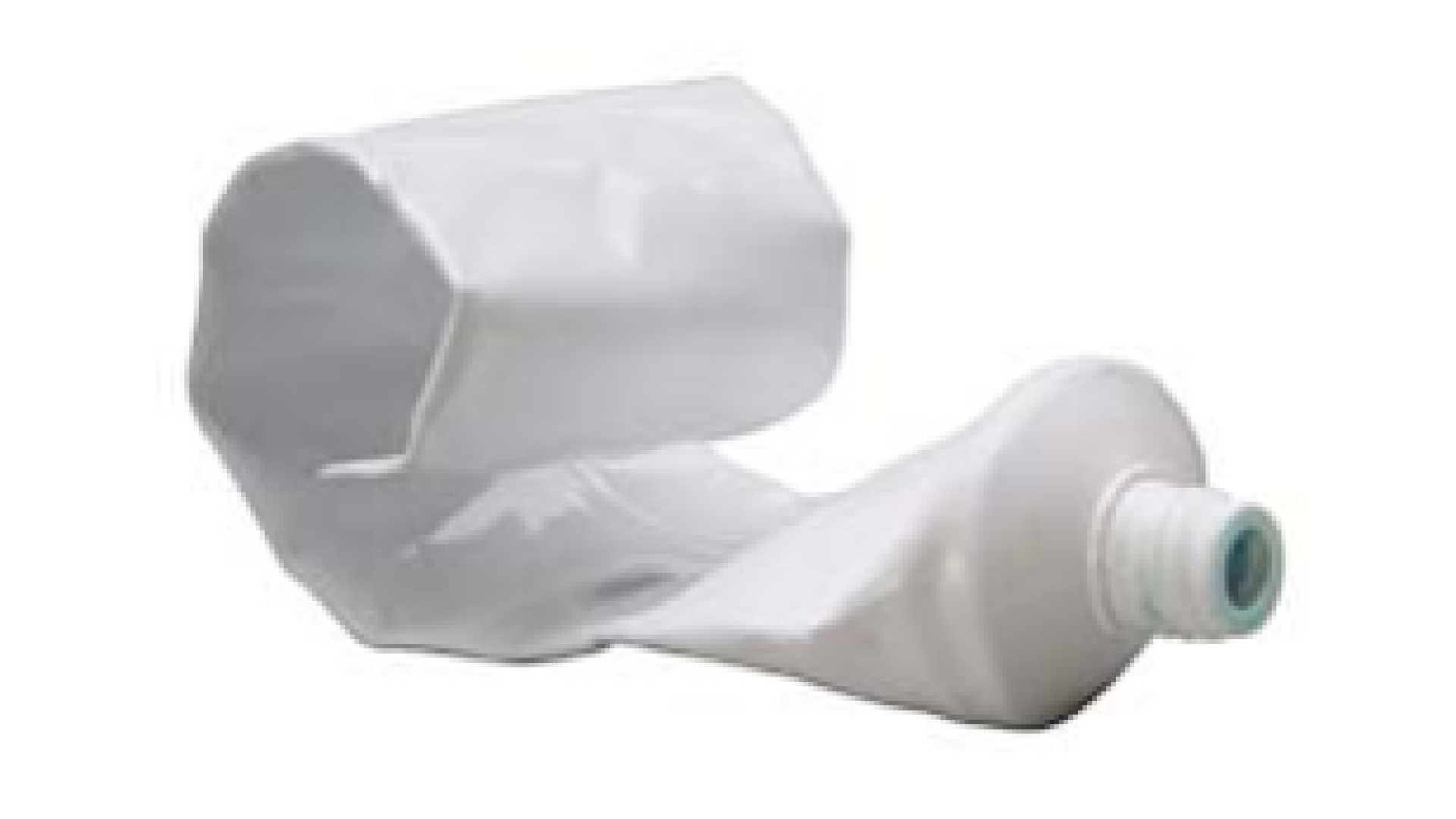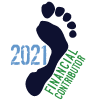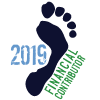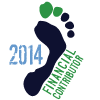What’s the #1 Mistake that runners make?
By BF Mitch
In reality, there are a LOT of mistakes runners make.
I could list hundreds.
You could probably list hundreds.
Overstriding.
Slow cadence.
Wearing marshmallow shoes.
Poor posture.
Forgetting the GPS watch at home.
Eating too much ice cream the night before a long run.
Etc.
But out the sea of mistakes, there’s one that shines above all the rest.
It destroys the potential of 98% of runners while the other 2% quickly take advantage of everything they can in order to become phenomenal running warriors.
The number one mistake:
Runner Tunnel Vision.
Being runners, it’s extremely easy to get swept up in the world of questions like these:
“Which shoes should I wear for my upcoming road race?”
“Should I run 5 miles on Wednesdays or Thursdays?”
“How many runs a week should be aerobic and how many should be anaerobic?”
“Is stretching good before or after a run?”
“Should I use my headlamp AND a flashlight for my next 100 miler?”
“Is it okay to land on my heel going downhill?”
“Which day of the week should my off days be?”
“How long should my long runs be if I’m training for a 5k?”
“By mid-foot strike do you mean the back middle or the front middle?”
“Do I have to have negative splits during my intervals?”
“Which minimalist shoe is right for me, I have wide feet?”
I don’t know about you, but I get overwhelmed just reading those.
Now to be fair, a few of these questions are great questions.
But the rest are generally symptoms of what I call Runner Tunnel Vision.
It’s where we forget about the larger picture, and start focusing on the small, trivial aspects.
It’s where we start to put in too much time and energy on low leverage points that might make us .5% better runners over time, instead of focusing on getting big wins. We start majoring in the minors, and minoring in the majors.
Imagine an extreme coupon-er.
They spend 10 hours a week searching for and cutting up coupons that will save them $30.
They “saved” $3 for every hour they spent searching.
They might be saving $30, but they spent 10 hours to do it.
That’s a low leverage point.
Instead, they could have worked for 2 hours to make an extra $30 and then spent the remaining 8 hours doing whatever they wanted.
That would have been a high leverage point.
More bang for your buck, as they say.
For runners, extreme couponing translates to searching for our shoe soulmates, trying to find the perfect training plan, optimizing for our 100% perfect running form, or looking for the perfect workout… just to name a few examples.
A couple coupons are great when you go shopping, but no one needs to spend an hour to save a couple dollars.
Most of us are already 90% of the way to perfection in at least one of the categories we obsess over.
That's fantastic!
But if that area was an individual tube of toothpaste, it would look like this.
There’s not much more we can get out of it.
Yea, we could roll it up tighter to squeeze out another 2 days of toothpaste, but then what?
At some point we have to focus on another area for improvement. (maybe start flossing)
Going from 90% to 96% perfection with running form is not going to give the same benefit as going from 0% to 90% did.
We have to work on something else.
But in order to do so, we have to accept something.
Running is more than our training plans.
Running is more than our shoes.
Running is more than our running form.
Running is more than running the miles.
Yes, those are important.
For new runners, they’re high leverage points to work on.
But like the ‘nearly empty’ toothpaste, most of us are running out of potential.
What are the High Leverage Points with Running?
We have all experienced unexpected benefits from running.
Maybe you felt more confident and got a new job.
Maybe your new endurance re-awakened your sex life.
Maybe you made awesome new friends.
Maybe you learned how to stop procrastinating.
Maybe you just felt happier.
Whatever it was, parts of your life got more awesome because you decided to run.
It was nearly unpredictable, but your own experiences proved to you that the benefits aren’t always obvious.
Who would have assumed that running more could increase your motivation in other areas of life.
But it can, and for a lot of us it did.
Conversely, the opposite can be true.
Other, seemingly random things, can drastically improve our ability to run.
A lot of them are directly linked and we can logically connect the dots.
Others are more likely to make us skeptically say, “wtf how?”
But we can’t get these benefits without acknowledging that…
Running is simply an expression of how healthy we are.
In plain English —> the healthier we are, the better runners we will be and can become.
If your health is shitty, you’ll be shitty at running, and as a result you’ll feel pretty sh!tty while you run. (this rule applies to most things — if your health is shitty, you’ll feel sh!tty most of the time)
Our ability to run (and our overall health) doesn’t depend on if we chose to run 6 miles on Thursday or Friday.
Or which shoes we wore.
Or if we have a rest day on Monday instead of Wednesday.
Or which head lamp we bought.
Now these can affect our ability to run, but they don’t determine our potential as runners.
Our health determines our potential.
Our health also can limit our potential.
This makes our health the highest leverage point there is.
According to Google, health is:
1) the state of being free from illness or injury
2) a person’s mental or physical condition
3) used to express friendly feelings toward one's companions before drinking
(I don’t know about that last one… but the first two are on point)
———————————————————————————————————————
Here’s a quick list of factors that go into each category:
Physical health — strength, endurance, tissue/muscle health, heart health, joint mobility, recovering, blood pH, breathing, brain function, etc.
Mental health — emotional self control (especially during intense races), reframing negative thoughts, chemical/stimulus addiction, presence, ability to engage and focus, mental toughness, beliefs, mindset, commitment, consistency, long-term thinking, etc.
———————————————————————————————————————
How limited would your ability to run be if you had a knee or an ankle injury?
Pretty limited, right?
You might not even be able to walk, and running would be excruciating.
On the other hand, if you were entirely free of pains and injuries, how much better could you become at running?
Not only would you instantly be better at running, but your potential would skyrocket.
This is a very clear and obvious example.
But not all untapped sources of potential are up in our faces like an injury.
Most of them take a lot of awareness and some digging to find.
To see this for yourself, picture a seasoned runner who is stuck with the belief that “running more” is the only solution to their issues.
You might even know someone like this.
They've been running for a while, and they’ve improved a lot.
But one day, they hit a road block.
Maybe it’s a wonky knee.
Maybe it’s a new bout of ITBS or PF.
Maybe they’re not seeing the progress they used to.
Their go-to solution —> Run more.
What they don’t know —> It won’t work any more.
So they try upping their miles, but the road block is still there.
The pain comes along to retaliate.
Their body is trying to tell them that “run more” isn’t the solution.
But they don’t listen.
It’s giving them pain, they’re not seeing any changes, and yet they stick with the same program.
And they try to run more.
What they don’t realize is that in order to get different and better results, they have to do something different. (this is where a lot of us turned to barefoot/minimalist running — good job us!)
You might be wondering…
Why don’t those runners just accept their faults and stop the cycle?
Because the belief that they just had to run more used to be true.
But they haven’t been able to let it go.
Back when they started running, they did just have to run more to start seeing improvements and to see the random tweaks and pains go away.
As they ran more, their body started adapting, and running was giving them some quick results.
But once they had been at it for a couple months or years, those pains weren’t just their body adapting to running again.
They became real issues that had to be dealt with.
A runner at this point has maxed out the “run more” solution, and must find a new approach to keep getting better.
Unfortunately, way too many runners won’t try something new in fear of losing the results they already have.
“Run more” got them from poor results to decent results, but couldn’t get them to great results.
Their unconscious fears and limiting beliefs held them back.
When I talk about our mental health limiting our potential, this is what I mean.
We can talk about running form and training plans all day, but if we neglect to fix our limiting factors, we’ll never reach our true potential.
So… what do you do about this?
Remember: We want to look outside of where we normally look, and tap our sources of untapped potential.
What have you already been putting off that you know will make you a better runner?
Maybe it’s doing yoga.
Maybe it’s reading that running book you bought a year ago.
Maybe it’s learning how to eat healthier.
Maybe it’s figuring out how to train mental toughness and adding it to your training plan.
Whatever your answer is,
“Do the thing and you will have the power.”
- Ralph Waldo Emerson
— Mitch

















